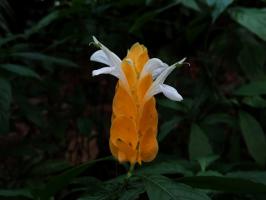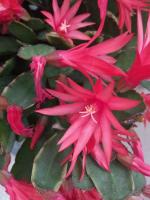1、 Curing method
1. Flowerpot selection: tortoise shell peony has a very thick taproot, and a deeper flowerpot is more suitable for it. Flowerpots have good water permeability. You can choose mud pots or tile pots for planting. It is better if there are holes at the bottom. Remember not to use plastic pots. Flower pots are recommended to be changed every other year
2. Matrix selection: it is more suitable for soil with lime and sandy soil. When planting, the stones can be smashed into blocks and put into the flower pot, which can increase the air permeability of the soil. The selection of sandy soil can enhance drainage and ensure that the soil is in a slightly acidic state during planting
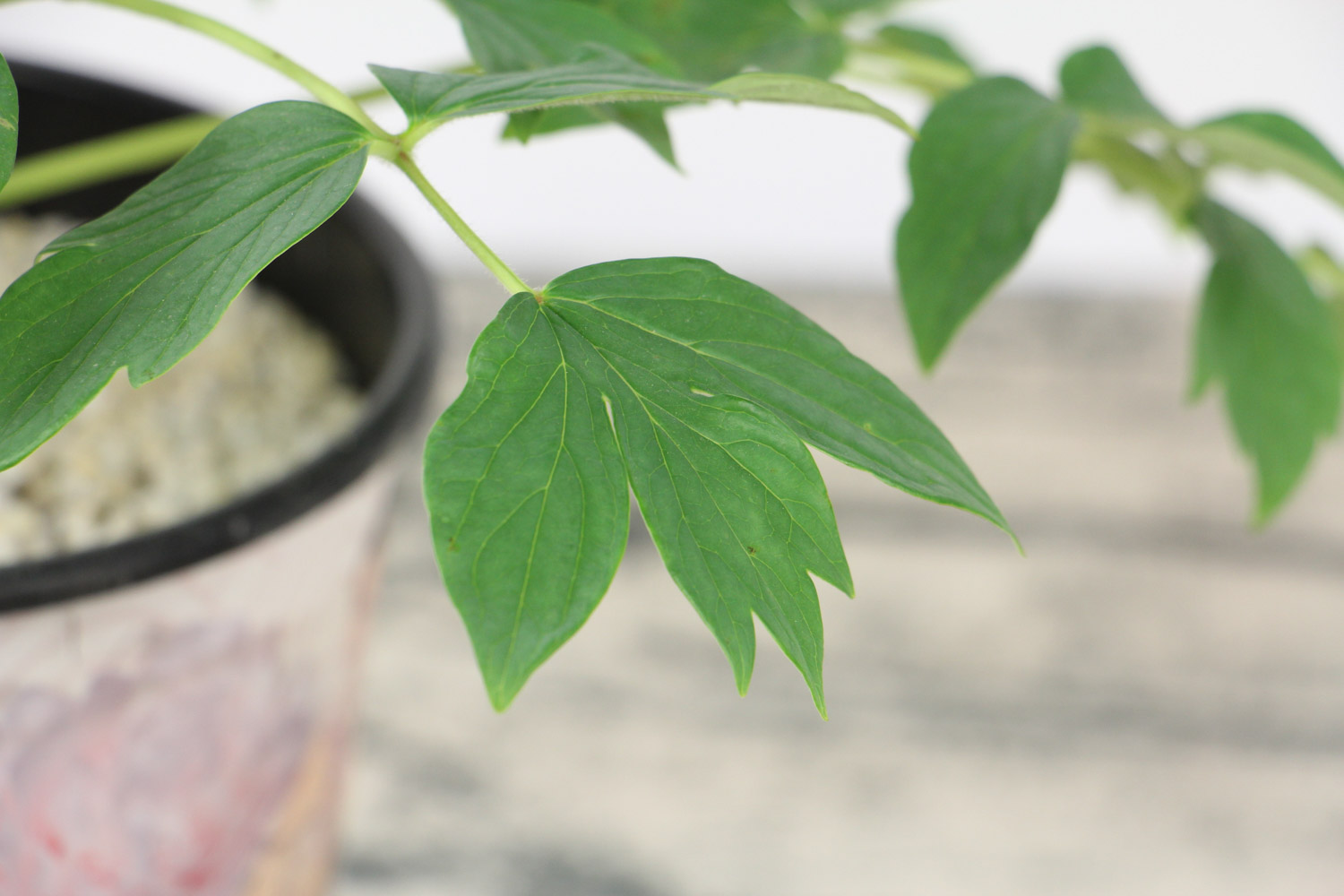
3. Temperature management: it prefers a warm environment. Generally, the temperature can be controlled between 15-23 ℃. In summer, the light is relatively strong. At this time, it is necessary to appropriately shade and cool down. The temperature should not exceed 25 ℃. In winter, the temperature should be controlled above 5 ℃
4. Nutrient management: it requires less nutrients and does not need regular fertilization. The compound fertilizer with low nitrogen, high phosphorus and potassium can be applied once every 15 days on average. It is best to dilute the fertilizer in a container before irrigation. The fertilizer should not be too thick. In order to protect its ornamental, fertilizer should be sprinkled on the roots to avoid spreading on flowers and leaves
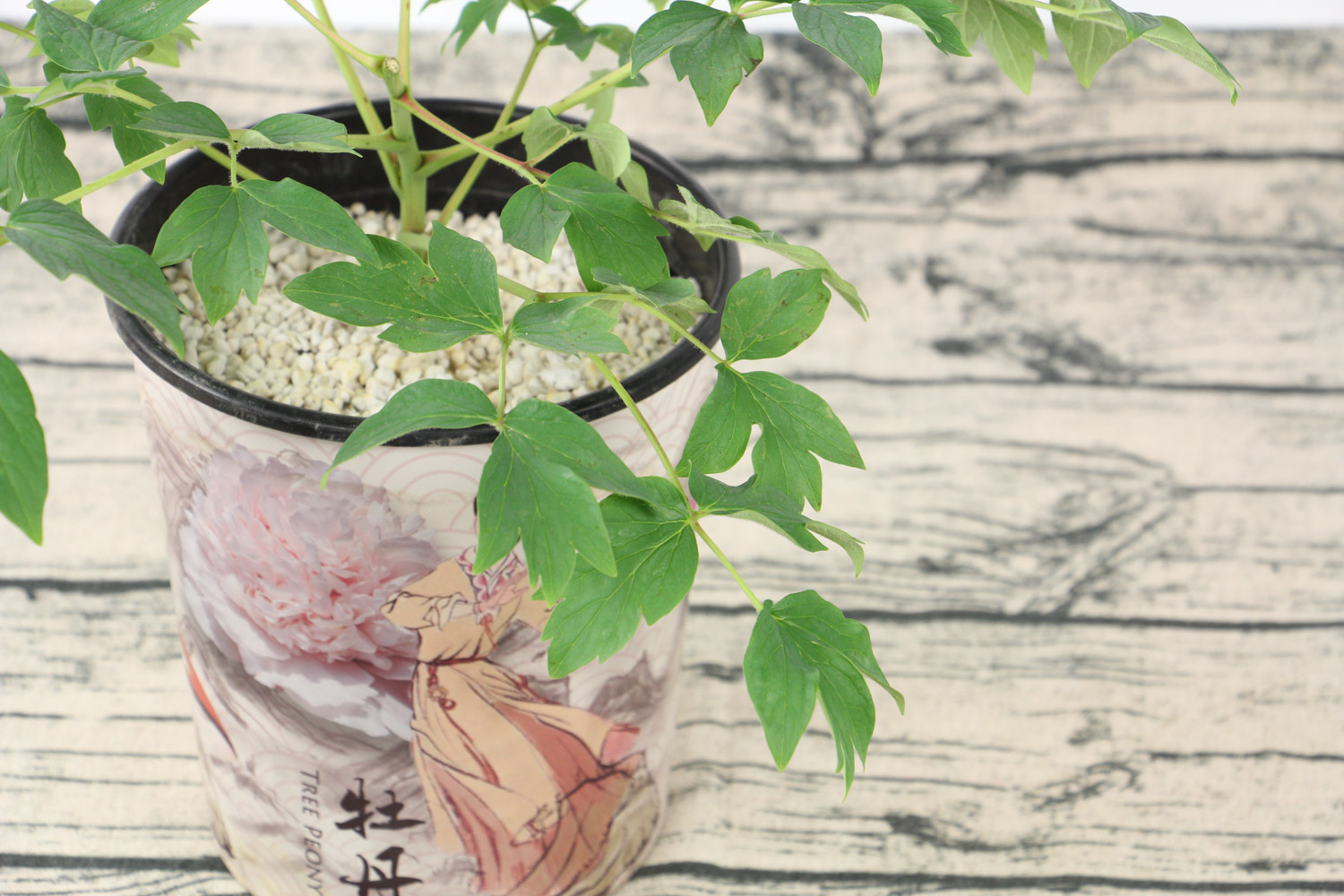
2、 Breeding skills
1. Change basin: in order to maintain the nutrients needed for its growth, it is necessary to change the basin every other year or two. The basin changed every other year should be larger than the last one as far as possible to ensure that it provides sufficient growth space
2. Pruning: if yellow leaves, dry leaves and rotten leaves appear during growth, they should be pruned in time to avoid the spread of bacteria. For the newly bought one, its roots need to be thoroughly trimmed to reduce miscellaneous roots and rotten roots, leaving only the main root. Before entering the basin, put it in a cool and ventilated place to dry
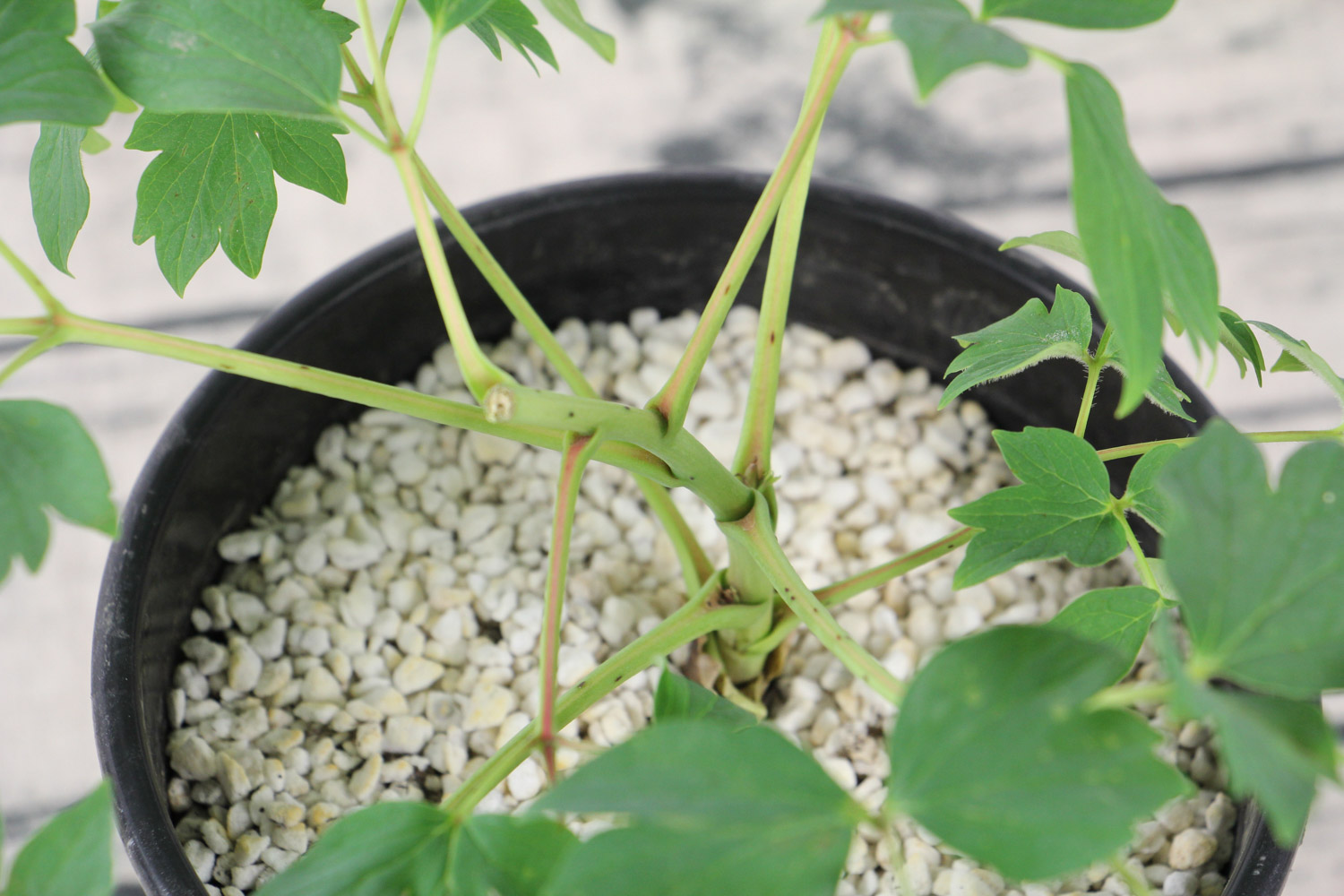
3、 Problem treatment
1. Powdery mildew: due to too much water, it is easy to have mold and suffer from powdery mildew. After discovery, remove the serious leaves to prevent infection. Spray the water mixed with stone sulfur mixture in proportion for treatment
2. Scale insects: scale insects are the most common insect pests in cactus. They are easy to occur in greenhouse or plastic shed. The hatching period is from April to September every year, and the number of insects increases greatly. They live by sucking plant juice, causing the host to turn yellow or even die. Once found, it shall be removed manually immediately, and the plants shall be placed in a ventilated and sunny place. If necessary, it can be treated with chemicals
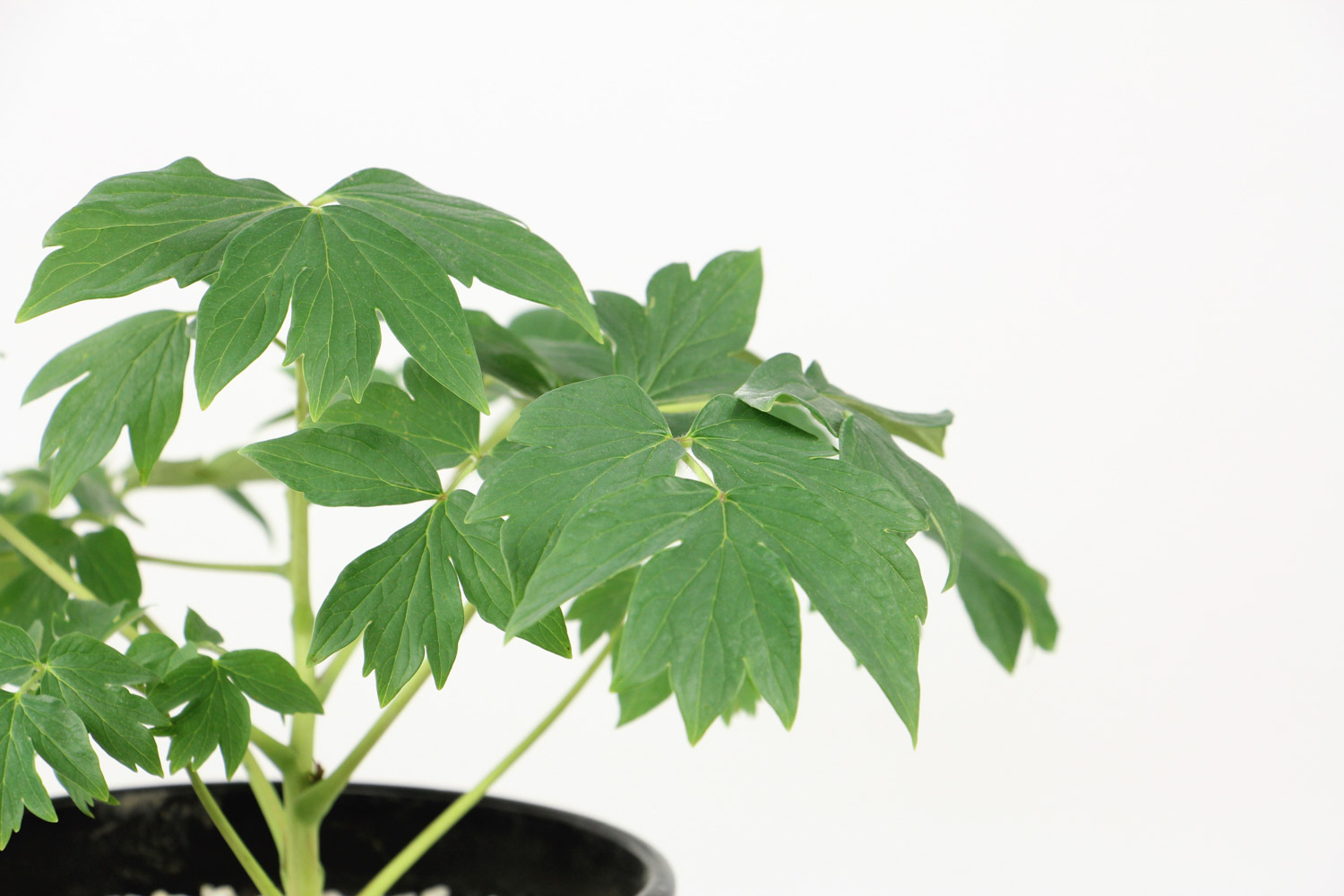
4、 Other issues
1. Whether it can be farmed at home: it will grow well in a warm and ventilated environment. Suitable for breeding in warm and ventilated homes. In addition, its flowers are very beautiful and suitable for appreciation at home
2. Can you give it away: it belongs to cactus family and is a small expert in absorbing radiation. Placing it next to the computer can reduce the radiation of the computer to the human body. It's suitable to give it as a gift to office workers
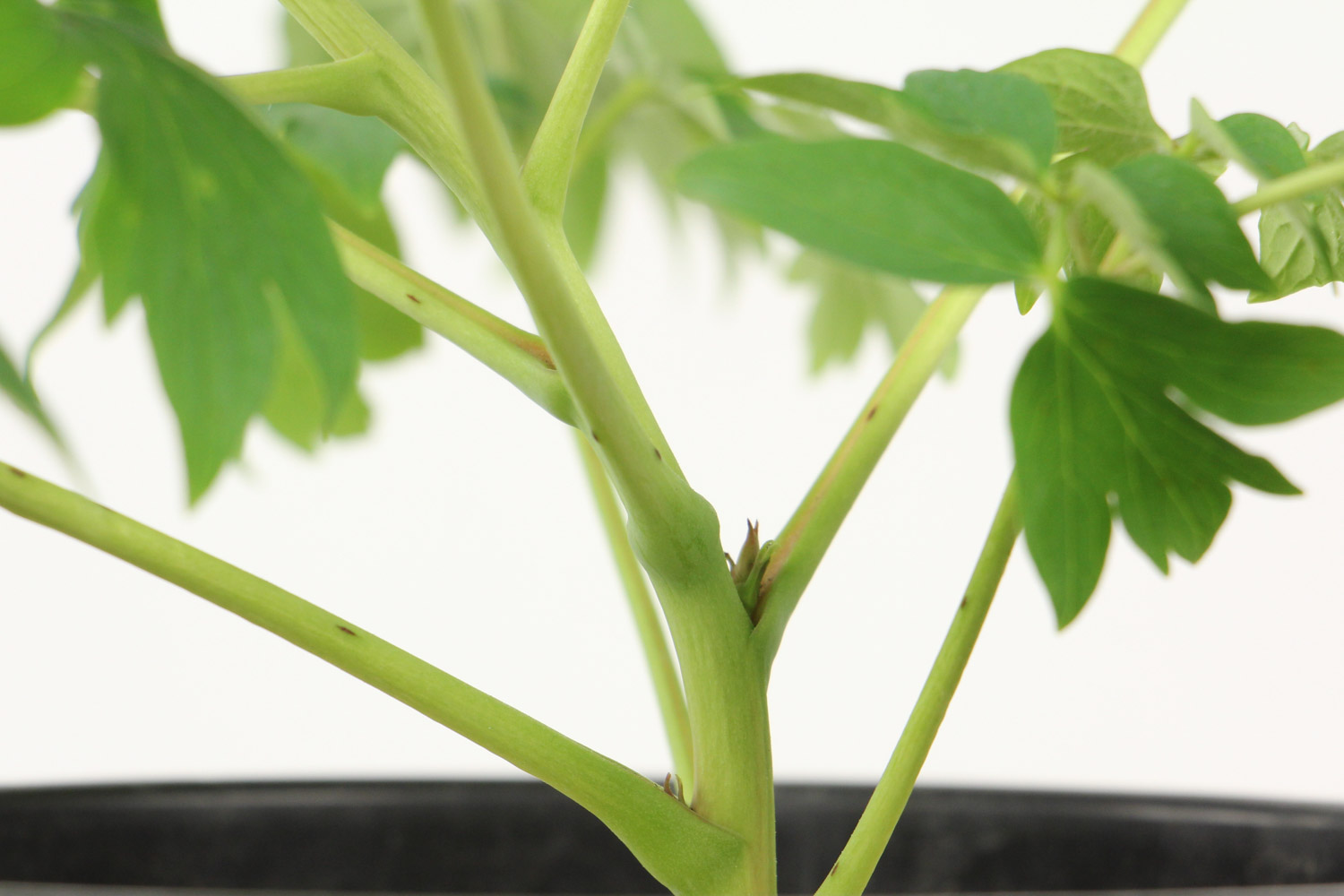

 jackfruit
jackfruit snake plant
snake plant hibiscus
hibiscus hydrangea
hydrangea lavender
lavender Green roses climb al...
Green roses climb al... If you don't pay att...
If you don't pay att... Management of four g...
Management of four g...

